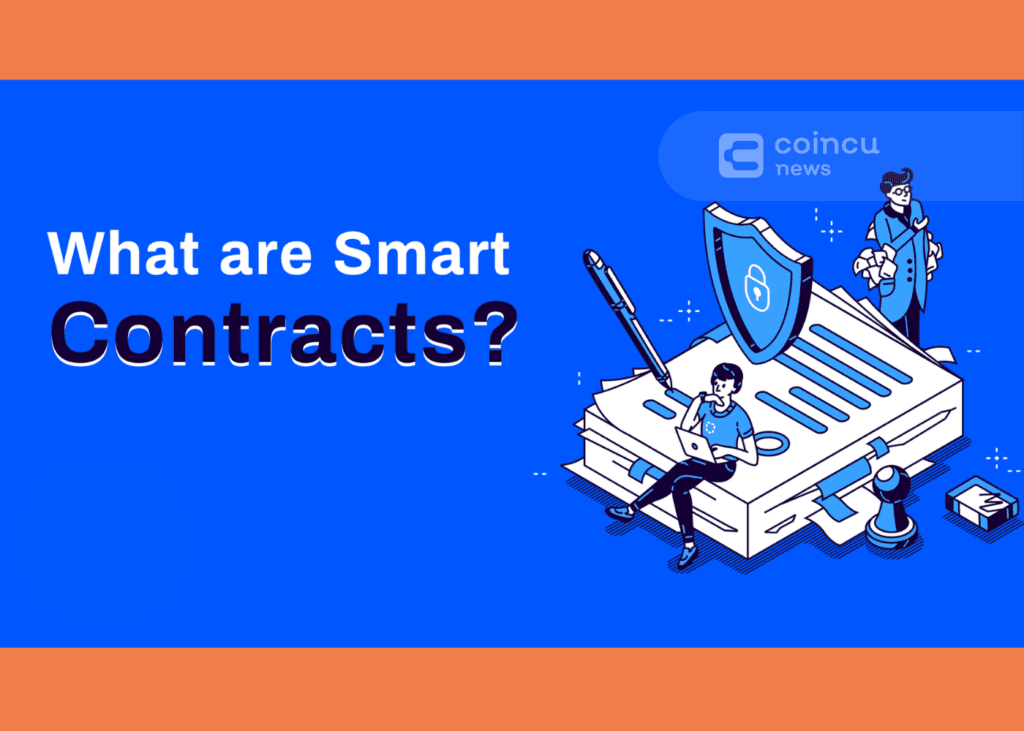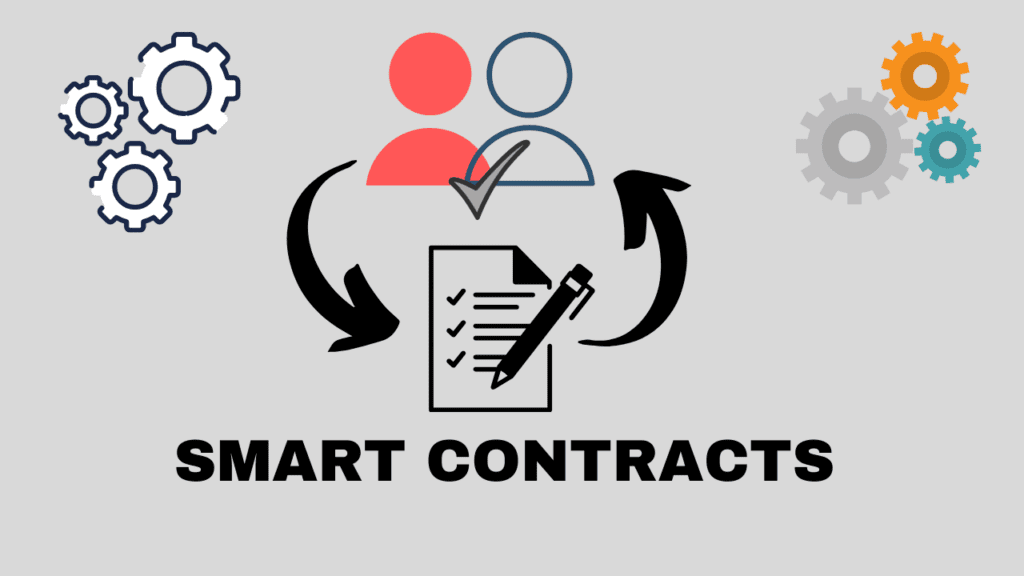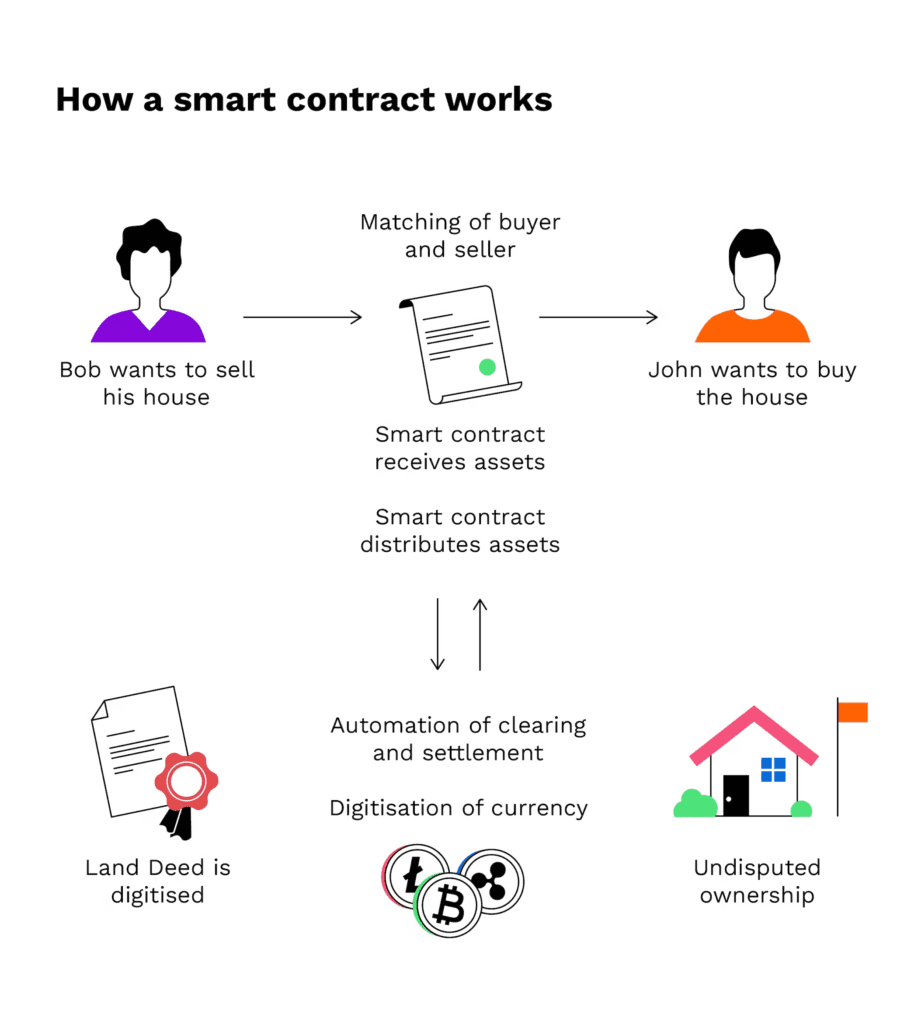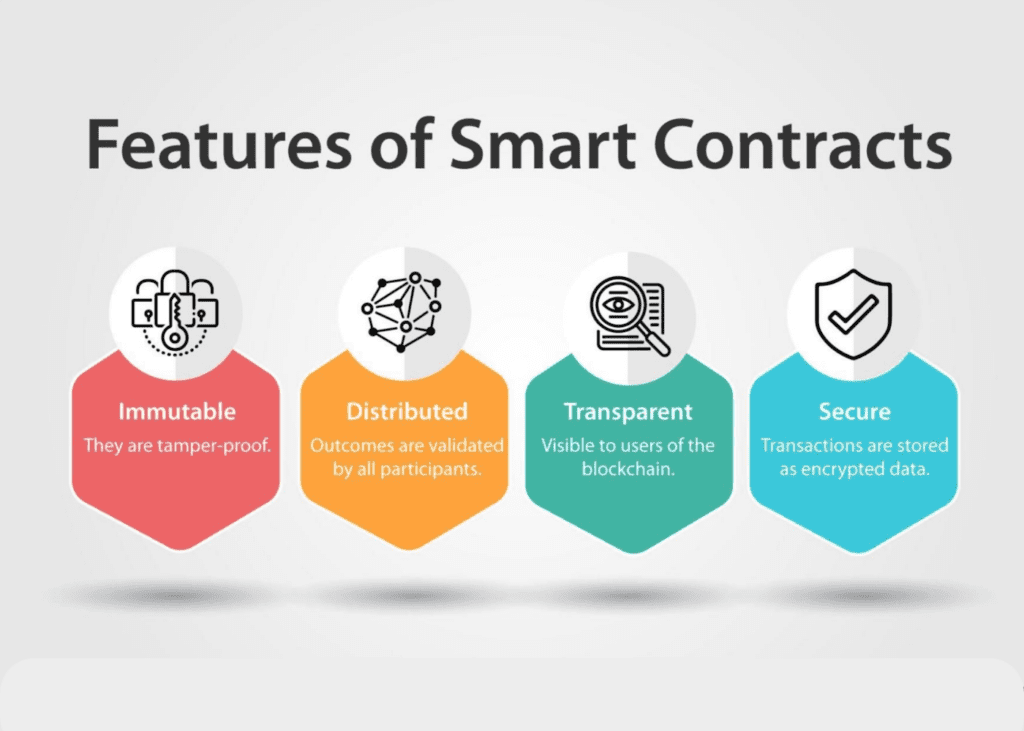Smart contracts permit trusted transactions and agreements to be carried out among disparate, anonymous parties without the need for a central authority, legal system, or external enforcement mechanism. It has evolved far beyond underpinning the virtual currency, while blockchain technology has come to be thought of primarily as the foundation for bitcoin.

Introduction
When we think about smart contract technology, we usually think of initiatives like Ethereum. Projects that arose following the epochal occurrence of Bitcoin. Surprisingly, the concept of a smart contract predates the Bitcoin whitepaper, landing us in the 1990s with computer scientist Nick Szabo, who, among other accomplishments, created the phrase we are attempting to explain in this essay.
In 1996, Szabo outlined his vision for a trustless digital marketplace that integrates modern contract law with digital commerce. This is where the culture of trustlessness and freedom from middlemen that characterizes Web3 technology today comes from.
This concept also laid the groundwork for Vitalik Buterin’s Ethereum whitepaper, which details a smart contract architecture that improves the Bitcoin protocol. Buterin recognized that using a system that can transfer wealth without requiring one side to trust the other extended far beyond Bitcoin. This could be in any contractual agreement field, such as supply chains, payment processing, or real estate ownership transfers.
What Is A Smart Contract?

A smart contract is computer software that can carry out an agreement. The blockchain records its acts and existence, making it permanent, immutable, and transparent. Contracts in a trustless system benefit from this because they cannot be tampered with and are easily traceable.
In terms of function, smart contracts can be thought of as executing “if/when…then…” code. If the ‘x’ conditions are met, then ‘y’ occurs. As you can see, this is really basic, but as the space evolves and more assets surface on-chain, applications will advance as well.
Smart contracts enable people to enter into agreements without relying on third parties. They are computer programs maintained on the blockchain and execute contracts based on predefined criteria. They are extremely important in completing asset transfers because of their immutable and everlasting character.
How Do Smart Contracts Work?

When analyzing how smart contracts function, remember that they are simply programs that execute activities when certain circumstances are met. A smart contract fulfills a similar purpose with code to how a notary is employed to witness the signing of, verify the identities inside, and help smooth the execution of a physical contract between parties. That is, it includes a digital contract and two public keys representing the user and the smart contract.
The Workflow Of A Smart Contract

First, a developer creates the smart contract, and its terms are encoded in computer code. After that, the code is uploaded to a blockchain. The smart contract is then released to the decentralized network, where it becomes publicly available, and its code is stored on network nodes. A trigger event occurs here, such as the receipt of a payment or the completion of a specific action, triggering the smart contract. This is accomplished through the use of an EOA or externally owned account.
Following this, the contract’s provisions are automatically carried out, which may include the transfer of ownership or assets, the release of payments, or other activities as described in the contract’s code. Of course, if the preconditions are not met, the function will fail, and the smart contract will not run.
Following the execution, the decentralized network’s nodes validate the contract’s execution, ensuring that the contract’s terms are carried out as planned. This validation occurs throughout the network with redundancy using a consensus technique to offer confidence and security to the process.
After that, the result of the contract’s execution is logged on the decentralized network and is publicly accessible for anybody to verify, which is the transparent component of all of this.
The smart contract has now completed its execution, and the agreement’s requirements have been automatically met, eliminating the need for middlemen and boosting the transaction’s security and transparency.
Can A Smart Contract Be Modified?
The immutability of a smart contract due to its storage on a blockchain is a critical feature. A smart contract is permanent and cannot be modified due to implementing a secure and robust consensus process.
When a contract has a delete function, this feature becomes a little more complicated. A smart contract can “self-destruct” if the deletion parameters are met, just as it does with other parameters. It is vital to remember, however, that this function must be programmed in before being deployed on the blockchain. Because adding a deletion function afterward would require a change to the smart contract, which is not permitted.
Smart Contracts Features

Some very important characteristics give smart contracts their power and the public interest they have cultivated.
Security and immutability
Security is a significant element in blockchain technology and has been a hot topic in recent years. With vulnerabilities and exploits in both Web2 and Web3, ensuring that one’s assets are secure is critical for adoption. Smart contracts are highly certain since they are executed by code rather than humans, so there is no room for human error. Furthermore, because they are stored on widespread networks, their legality is unquestionable, and their record is unchangeable (also referred to as immutable).
Efficiency
To gain a feel of a smart contract’s efficiency at scale, consider a supply chain scenario. When products arrive at a warehouse, it is currently up to a human-run system to ensure that clearances are obtained, and payment is made to the seller of these goods. These types of approvals are sent for by the software with a smart contract, and payment is made automatically, saving time, worry, and strain. This could be useful in situations when a supply chain would otherwise be stressed to the breaking point. Disruption can lead to an increase in the pricing of the affected items, putting economic strain on the consumer.
Transparency
The blockchain, a public ledger, is where smart contracts are stored. As a result, they can be audited because they are entirely transparent.
Use Cases

Because smart contracts are configurable, they can be used for a wide range of real-world applications. From GameFi to decentralized exchanges to NFT ownership verification, smart contracts are at the heart of many intriguing applications that appear practically every day in the realm of Web3.
Finance
Many banking services that we know and use today can be decentralized and provided without the involvement of intermediaries. DeFi systems such as Uniswap and Curve use smart contracts to provide financial services. This is an example of what makes smart contract technology so attractive. Financial services that are currently prohibitively expensive for one reason or another, particularly monetarily, can be replicated in a much more democratized manner through the use of dApps.
Automation, a crucial aspect of smart contracts, eliminates the need for middlemen while also lowering the danger of human mistakes, making financial transactions faster, more efficient, and more reliable. This is especially important in areas like cross-border payments, which are now slow and expensive due to the requirement for middlemen and compliance checks.
Another use case for smart contracts in financial services is digital assets. Smart contracts enable the creation of programmable digital assets, such as cryptocurrencies and security tokens, that can be readily exchanged and controlled on a decentralized network. This enables the development of new financial products and investment opportunities, such as tokenized real estate, and can provide investors with increased accessibility and security.
dApps
One of the most important applications of smart contracts today is the ability to enable decentralized applications, also known as dApps. As previously mentioned, a smart contract is a very simple mechanism (if/when…then…). When joined together, however, they give rise to complicated applications such as gaming, lending platforms, and media platforms. Consider gaming as an example of how smart contracts might improve existing systems.
DISCLAIMER: The Information on this website is provided as general market commentary and does not constitute investment advice. We encourage you to do your own research before investing.
Join us to keep track of news: https://linktr.ee/coincu
Thana
Coincu News























